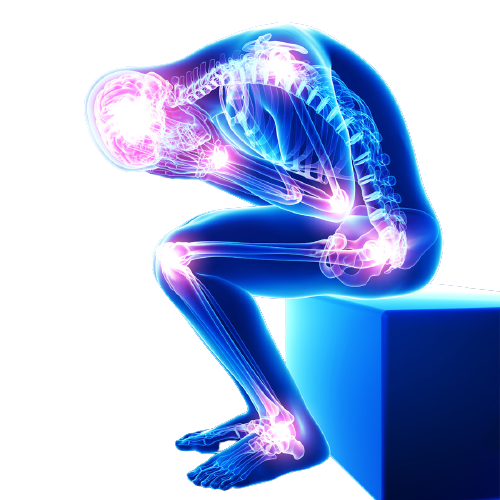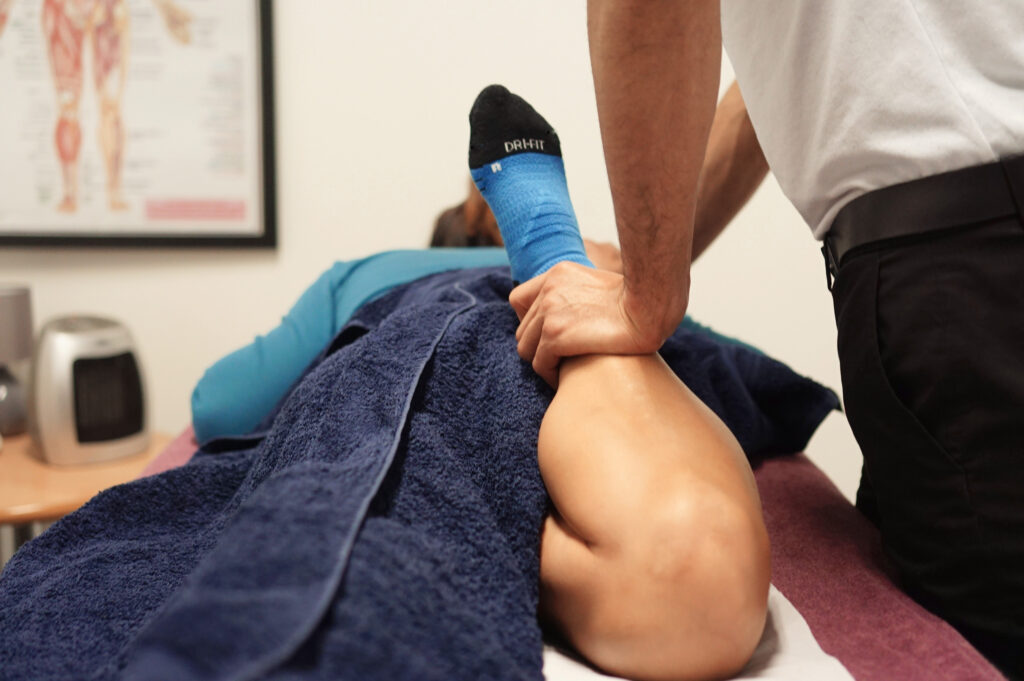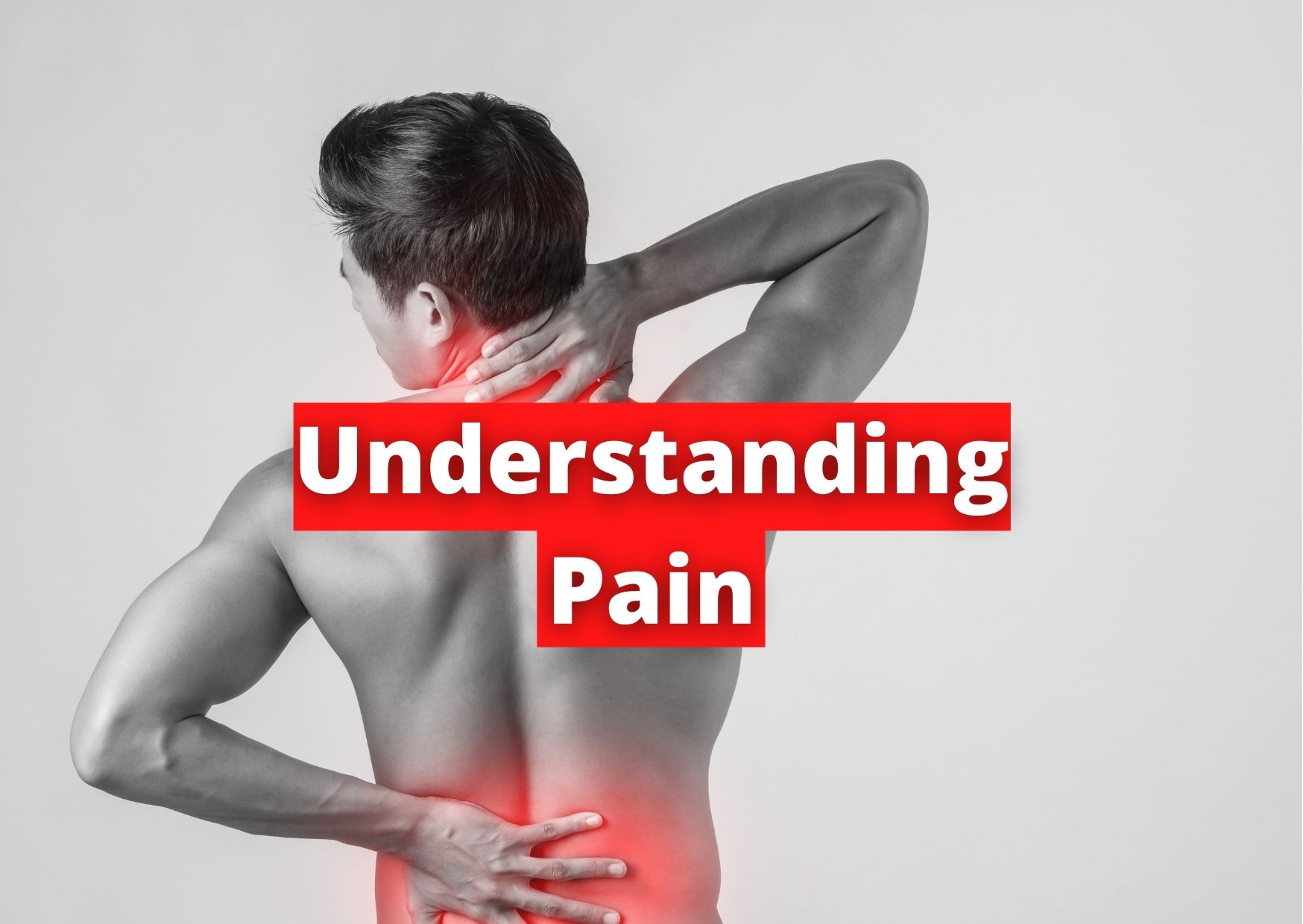Understanding Pain
Understanding pain can be difficult since it is a highly subjective experience, meaning that what you feel is not always the same as what another person feels.
What is pain?
According to Johns Hopkins Medicine, pain is an unpleasant sensation that indicates that something is amiss. It can be described as a constant, throbbing, stabbing, aching, pinching feeling or in a variety of different ways. There are instances when it’s merely an annoying annoyance, like a slight headache. It can also be disabling at other times.
Pain is quite subjective because it’s possible that pain can be localised, affecting only one region of your body. It might also be more generalised, such as the generalised body pains associated with the flu. It can affect people in different ways as some people have a high pain threshold, whilst others have a low one.
What causes pain?
Pain can be obviously caused by a specific injury or medical condition in some situations. The source of pain may be less evident or unknown in other situations.
Here’s where it becomes technical…
When particular nerves called nociceptors identify tissue damage and convey information about the damage to the brain via the spinal cord, people experience pain.
Touching a heated surface, for example, will send a message along a reflex arc in the spinal cord, causing muscles to tighten immediately. The hand will be pulled away from the heated surface by this contraction, minimizing additional injury.
Acute pain vs Chronic pain

Acute pain
This type of pain is generally abrupt and has a specific reason. It has a high level of sharpness to it and generally lasts six months or less. When the fundamental source of the pain is no longer there, the pain fades away. It has several causes, including:
- Surgery
- Broken bones
- Dental work
- Burns or cuts
- Labor and childbirth
Chronic pain
Chronic pain is defined as pain that persists for more than six months. It is often caused by an original injury or an underlying medical condition. Once an injury or illness has healed, this sort of discomfort might persist. During this time, pain signals remain active in the neurological system. Some experience persistent pain despite no prior injury or visible physical damage.
According to the British Pain Society, chronic pain affects more than two-fifths of the UK population, which translates to about 28 million individuals suffering from pain that has lasted three months or more. Chronic pain is linked to:
- Headache
- Arthritis
- Cancer
- Nerve pain
- Back pain
- Fibromyalgia
Ways of reducing pain
Deep tissue massage

Deep tissue massage is generally for those with aches, pains and tension for those who just like a firm pressure style of massage. It is a type of therapy which uses Swedish massage techniques whilst targeting the deeper layers of muscle and fascia. It entails utilising slow, deep strokes to provide prolonged pressure to the deeper layers of your muscles and connective tissues. This helps in breaking up scar tissue that develops after an injury and reduces muscle and tissue strain.
The deeper pressure helps relieve chronic muscular tension. This helps with the following:
- Muscular tension
- Lowering Blood Pressure
- Movement
- Muscular Pain
- Whiplash
- Back Pain
- Neck Pain
Physical Therapy

Physical therapy is a service that treats injuries and maintains and restores people’s maximal mobility and functional capacity. However, physical therapists are called by different names in different countries. Although in general, they are those who have a deep grasp of the anatomy of the human body.
A physical therapist will evaluate and analyse their clients’ requirements during their initial treatment session. They will inquire about their pain or other symptoms, their ability to move or do daily chores, their sleeping habits, and their medical history. The goal is to identify a diagnosis for their disorder, why they have the disorder, and any limitations caused or exacerbated by the disorder, and then design a treatment plan to tackle each. The benefits of physical therapy include:
- Relieving pain
- Improving movement or ability
- Prevent or recover from a sports injury
- Prevent disability or surgery
- Rehab after a stroke, accident, injury, or surgery
- Work on balance to prevent a slip or fall
- Manage a chronic illness like diabetes, heart disease, or arthritis
Trigger Point Therapy

A trigger point is a muscle that is involuntarily contracted, tight, and painful. Myofascial is a spiderweb-like substance that surrounds all of our muscles, bones, and essential organs. As a result, muscle damage or recurrent tension are common causes of myofascial pain. Trigger points develop when muscles are overworked or injured. These resemble tightened knots and can cause discomfort and stiffness.
Trigger point therapy consists of sessions where a therapist will find and release their client’s trigger points. However, trigger points are classified into two categories which are active and latent.
Active trigger points are those that relate to pain and motivate people to explore pain alleviation. A dull pain, numbness, tingling, or burning feeling might be caused by active trigger points. If nothing is done to treat the trigger points, other muscles in the area can take up the slack. However, this may lead to the formation of more trigger points in those muscles or areas due to the increased tension.
Latent trigger points do not refer to pain. These are involuntary muscular contractions that frequently go undetected unless touched. These can sit for months, if not years. Despite the fact that they have no pain referral, latent trigger points have a detrimental influence on the body. They can produce limited mobility, stiffness, and muscular weakening, as well as distorted or abnormal movement patterns.

